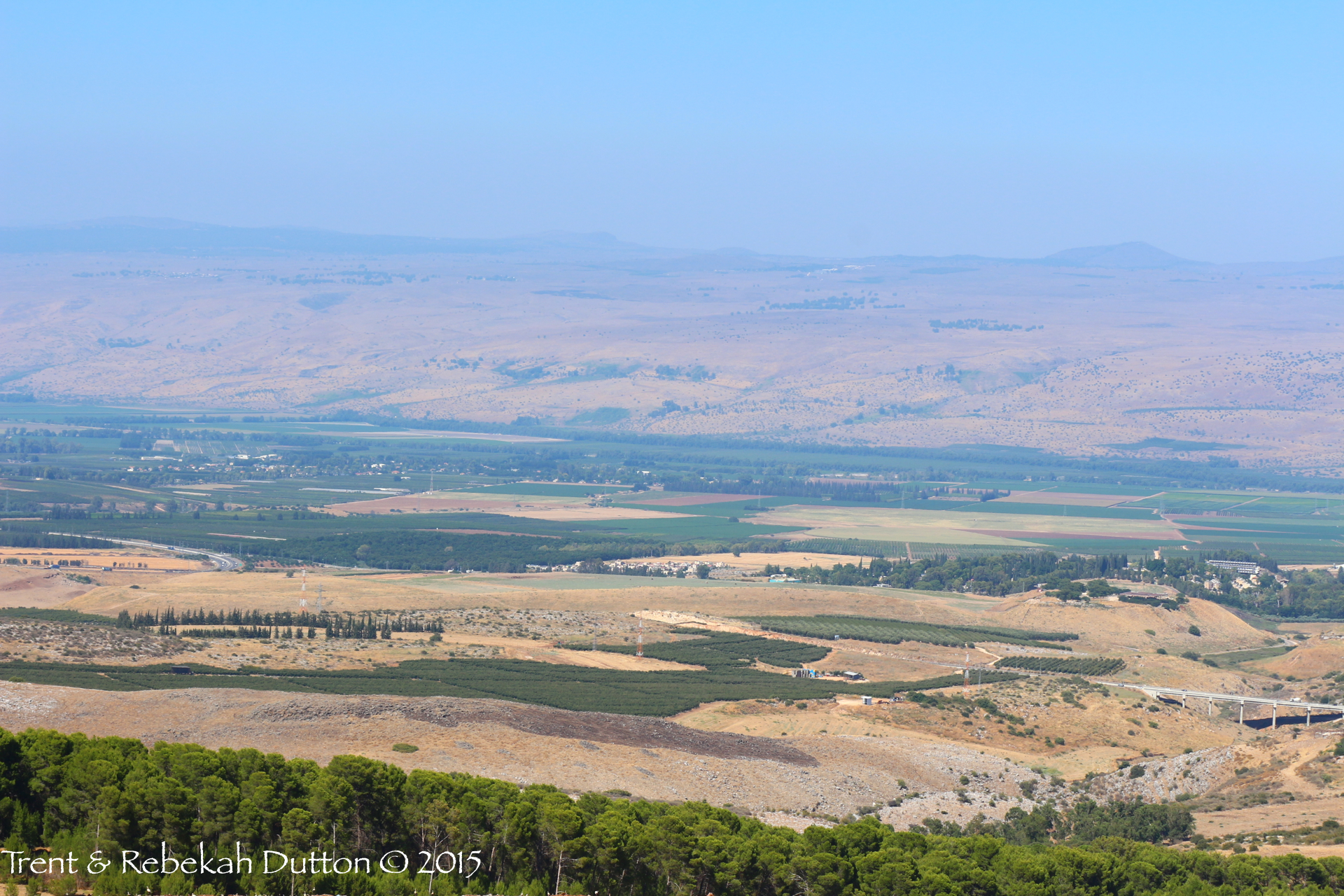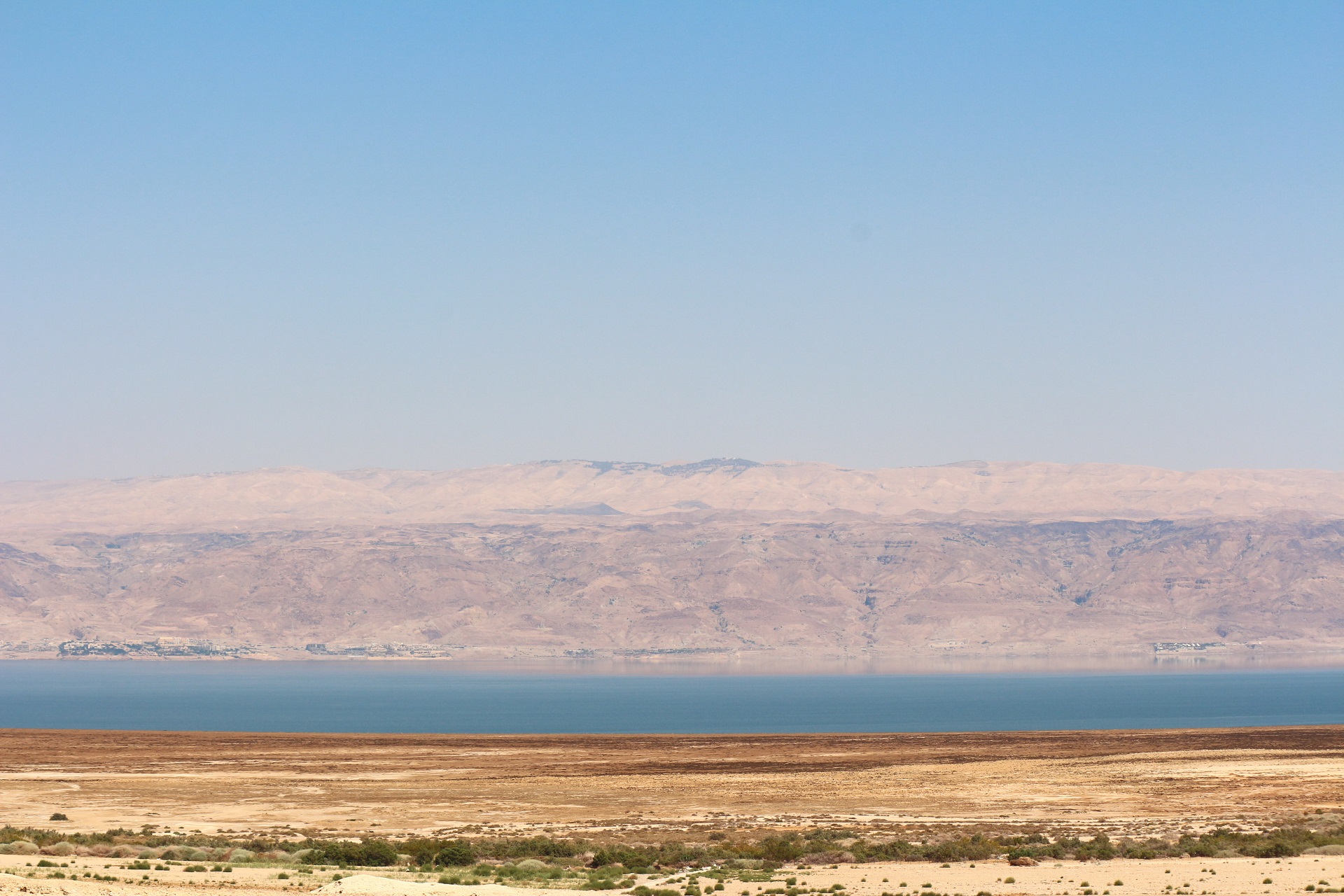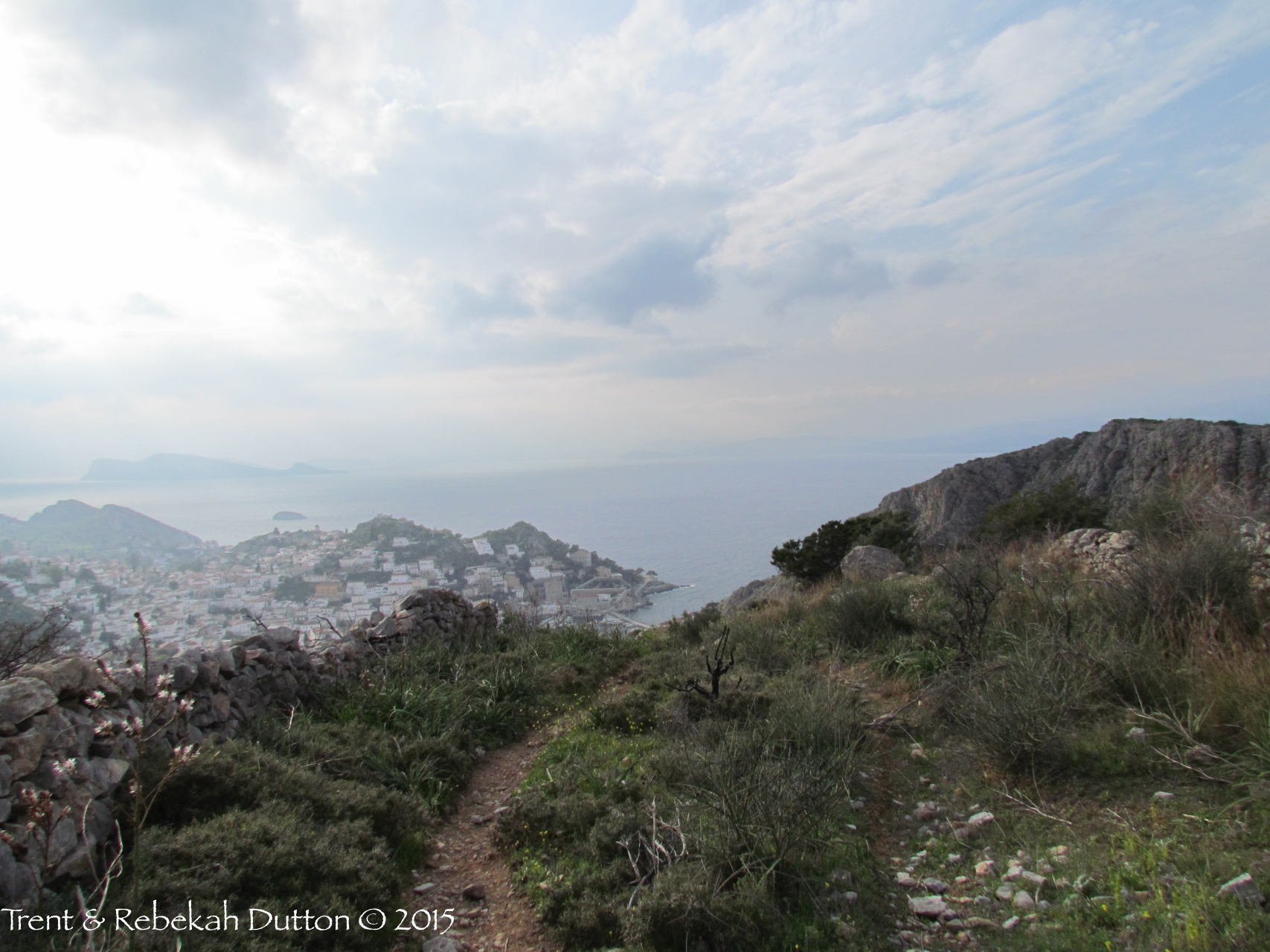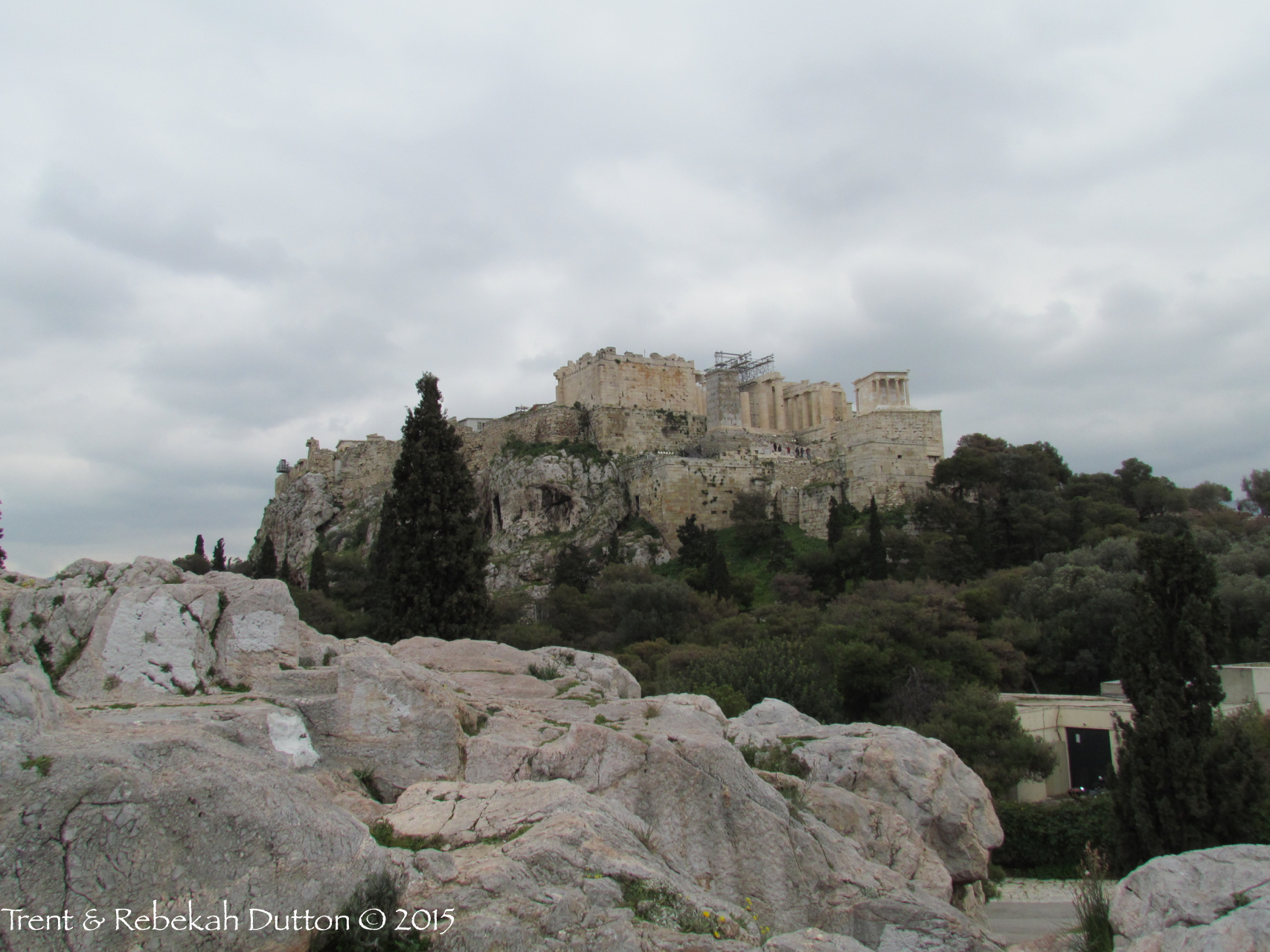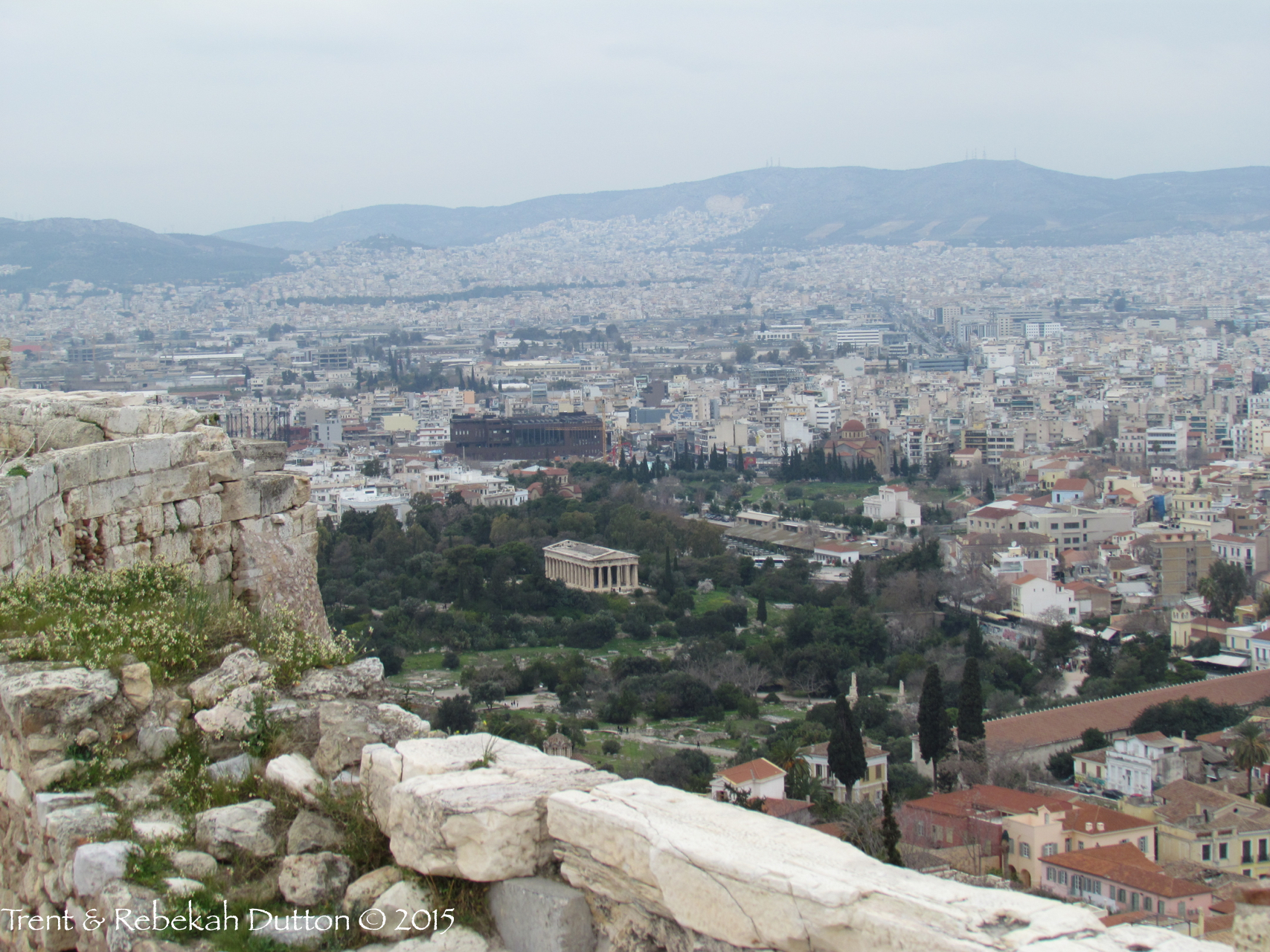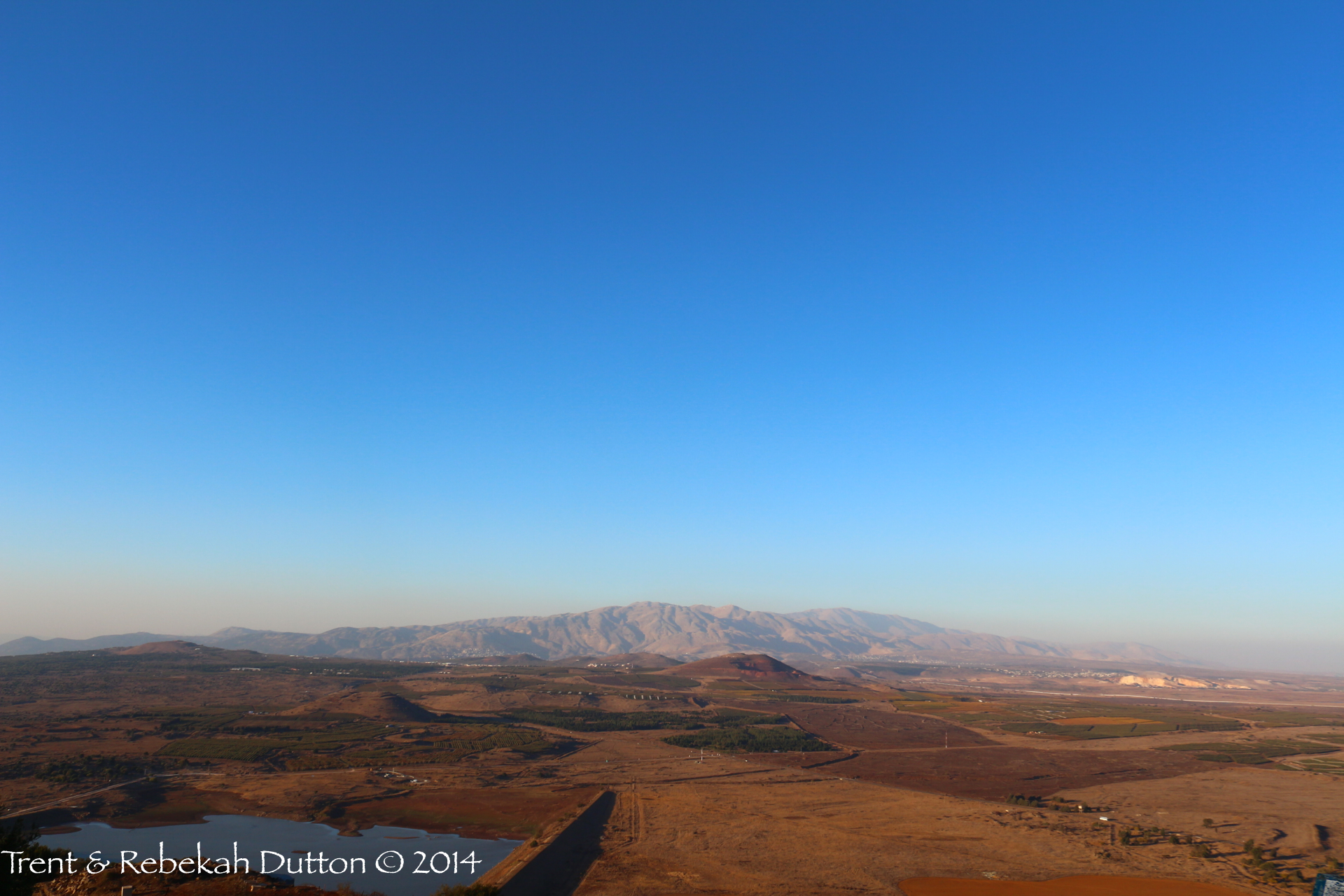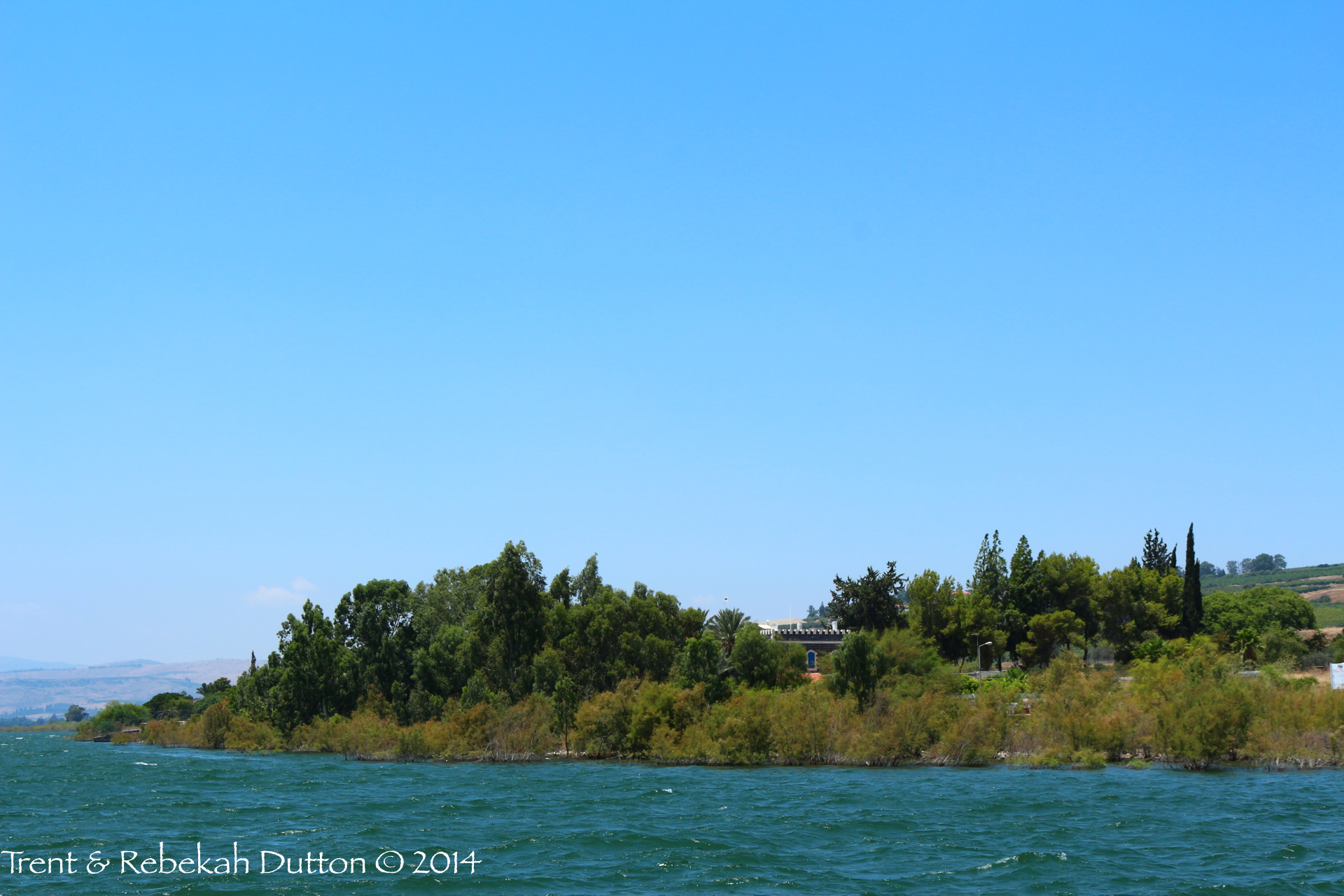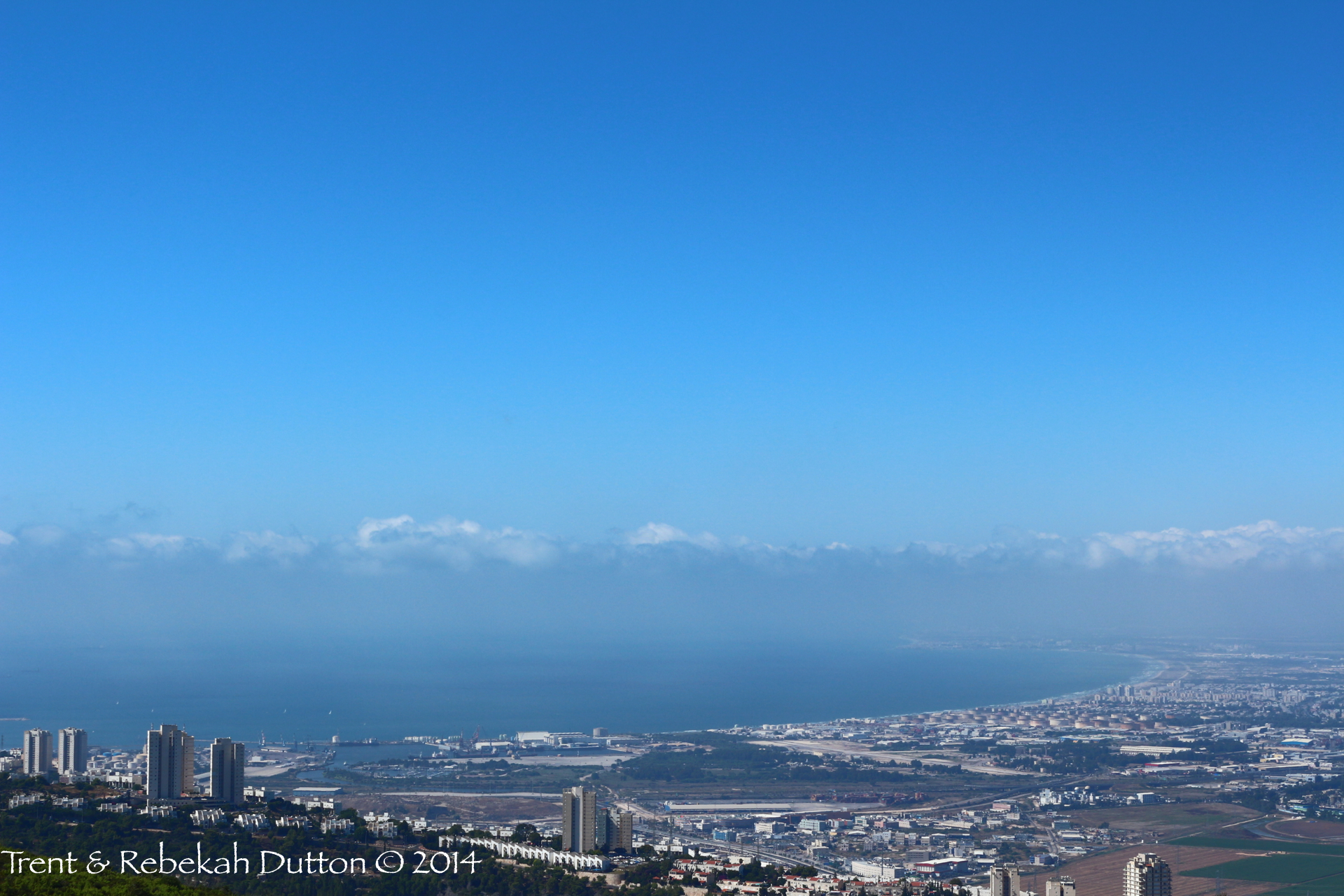 About three years ago, I heard about the upcoming release of Jerusalem, the IMAX movie from National Geographic. It looked wonderful and I could not wait to see it. I wrote a blog post about the official trailer and then another blog post discussing the scenes in the trailer. I also wrote a couple of additional blog posts involving pictures of Golgotha and the Temple Mount which were provided by the movie.
About three years ago, I heard about the upcoming release of Jerusalem, the IMAX movie from National Geographic. It looked wonderful and I could not wait to see it. I wrote a blog post about the official trailer and then another blog post discussing the scenes in the trailer. I also wrote a couple of additional blog posts involving pictures of Golgotha and the Temple Mount which were provided by the movie.
According to the website, the release of the movie was to take place at science theatres across the world. I live near Huntsville, Alabama, the home of the United States Space & Rocket Center (USSRC), the largest space museum in the country. I was hopeful that it would be on the list of theatres, but it was not. We were finally able to see the movie a little over a year ago in Tallahassee, Florida, on our way to see family for the Thanksgiving holiday.
Yesterday, we learned that USSRC began showing Jerusalem two days ago. This morning, we went to the theatre and enjoyed this wonderful movie again. If you want, you can read my review of the movie from our first viewing. The nice thing that was an added bonus was the grab bag that they gave to every person. It contained a huge poster of Jerusalem, with facts about the city. There was also a handout as well as a DVD with many features about the film. It was a nice surprise that I look forward to investigating further.
If you are a student of the Bible and you live in the North Alabama area, I encourage you to go to the United States Space & Rocket Center and see this movie. You can check their website for showtimes and prices. I am not sure how long the grab bag extra will last, so you might check with that when you get there.
Do you want to go to Jerusalem? Then join me this October for my 2015 Bible Study Tour of Israel!
 These two idols from the Oriental Institute in Chicago are thought to represent the gods El (left) and Ba’al (right), are often mentioned in the Biblical narrative. The mythology behind this father-son pair comes mostly from the Bronze Age city of Ugarit (1450-1200 BC). While El and his consort Asherah were the chief gods, Ba’al was the powerful storm god who achieved great victories over the sea and death with the aid of his sister, Anath.
These two idols from the Oriental Institute in Chicago are thought to represent the gods El (left) and Ba’al (right), are often mentioned in the Biblical narrative. The mythology behind this father-son pair comes mostly from the Bronze Age city of Ugarit (1450-1200 BC). While El and his consort Asherah were the chief gods, Ba’al was the powerful storm god who achieved great victories over the sea and death with the aid of his sister, Anath.

